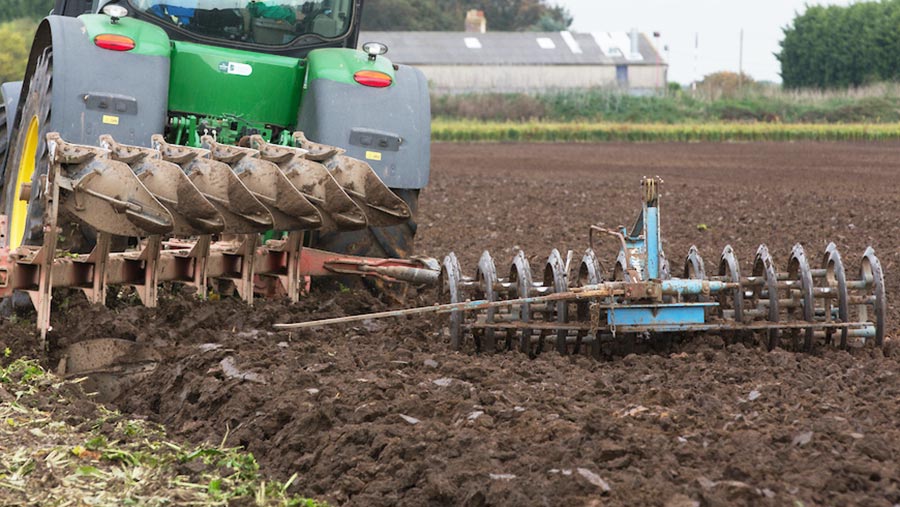How to plough to bury your blackgrass
Often referred to as “the reset button”, ploughing can be a useful tool for managing blackgrass, but the job must be done correctly to bury weed seed to a depth that means it won’t germinate.
If rushed or carried out in less-than-ideal conditions well then ploughing can do more harm than good, distributing blackgrass seed throughout the soil profile and potentially damaging soil structure, not to mention wasting time and money on fuel.
Adam Clarke gets some tips from Lemken general manager Mark Ormond on how to plough well to bury blackgrass seed to a depth that will make it unviable.
See also: How to create the perfect stale seed-bed for blackgrass
The problem
Where surface residues aren’t properly buried (left), the the consequences can be see in the following crop (right).
“You have to remember what you’re ploughing for – to scrape all the weed seeds off the surface and bury them in the bottom of the furrow,” says Mr Ormond.
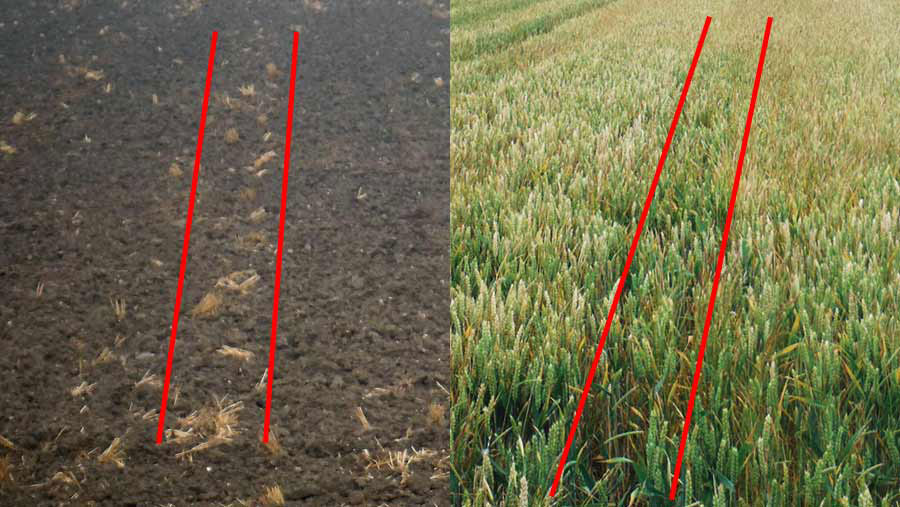
The solution
1. Depth
Decide how deep you want to go and use the depth wheel and and top link to make sure the plough is level from front to back.
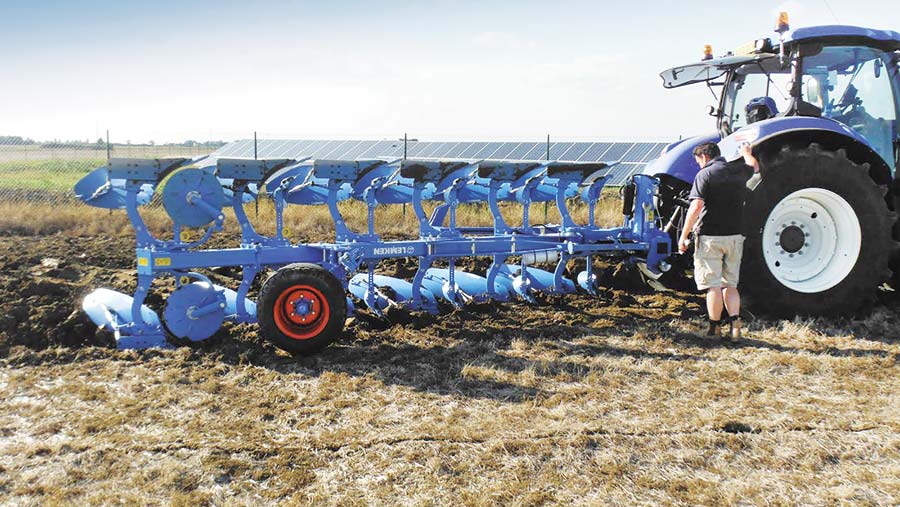
2. Level
Use wing stops on the headstock to ensure that the plough is level from left to right.

See also: Cultivation tips to beat blackgrass
3. Skimmers
Skimmer settings are crucial for making sure all surface residues are thrown into the bottom of the furrow. Each skimmer should be set so that it peels off 2-3in of soil.
Set too shallow and low spots and ruts will be missed, set too deep and there will be too much soil in the furrow bottom. This will result in poor furrow inversion.
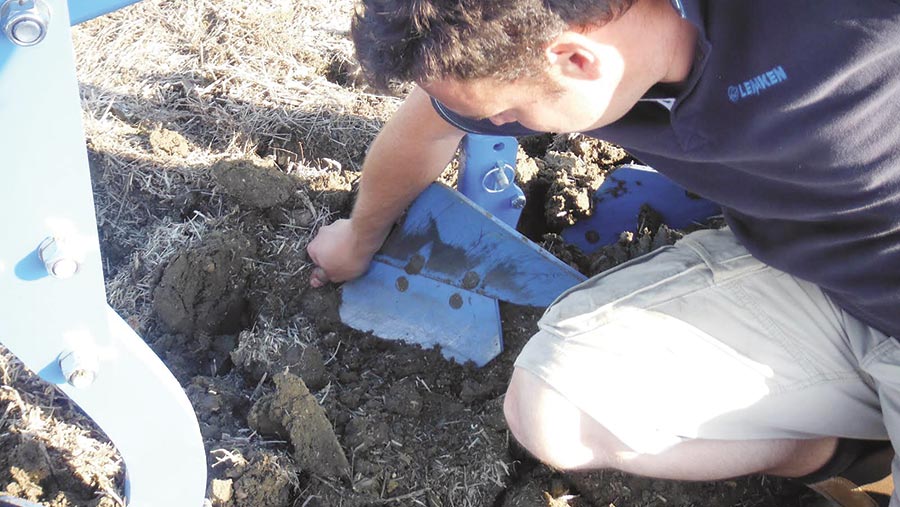
4. Mouldboards
Make sure mouldboards and skimmers are shiny. If soil is sticking to the surface it will prevent the furrow turning over properly. Fitting longer mouldboards will also help heavier soils roll over and give better inversion.

4. Wings
The wing should ideally be 2in narrower than the furrow width (left) to ensure an adequate hinge for the furrow to be turned over.
If the wings are too wide (right), they cut the full width of the plough and tend to push the soil sideways rather than folding it over.
Vari-width ploughs require a specialist wing to accommodate furrow width adjustment.
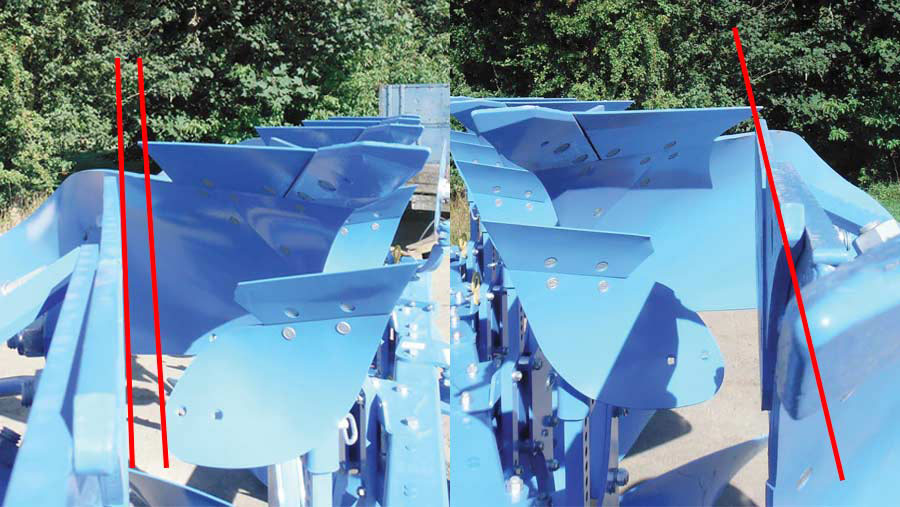
5. Dealing with sticky conditions
Where soils are likely to be sticky, slatted mouldboards are a good idea. These reduce the surface area and subsequent friction, making the soil less likely to stick.
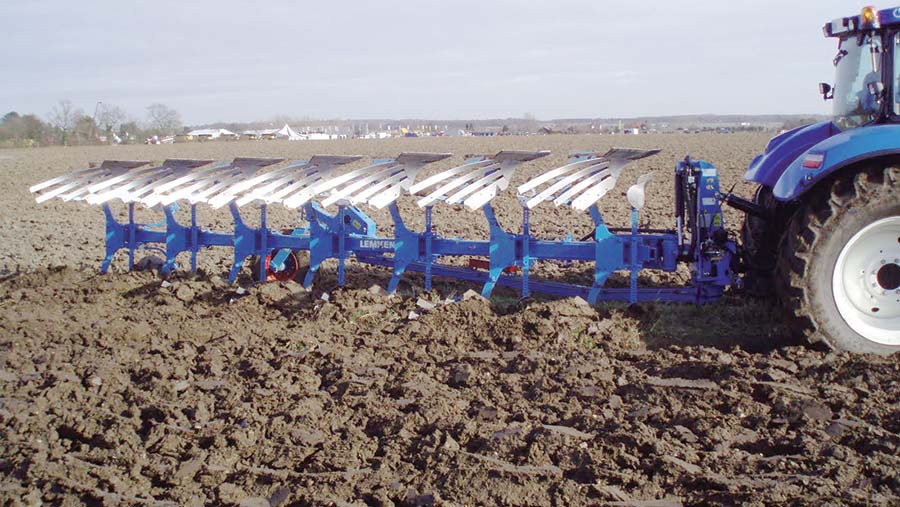
6. Furrow press
Where conditions make full inversion difficult, a furrow press can help close the furrow and ensure weeds are not exposed to the light and moisture needed for germination.
Trailed presses with 30deg rings suit heavy soils and 45deg rings are better for light, sandy ground.
